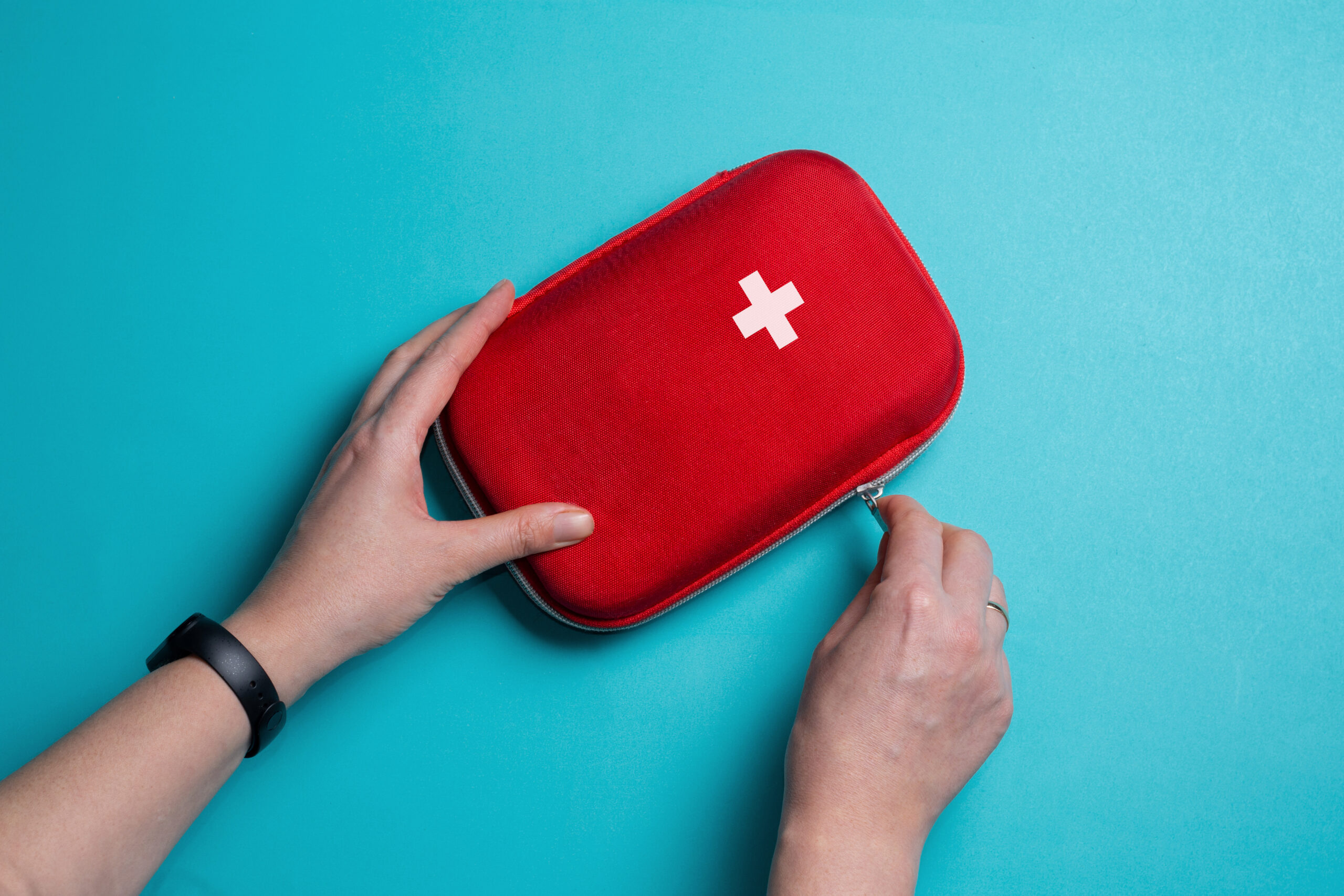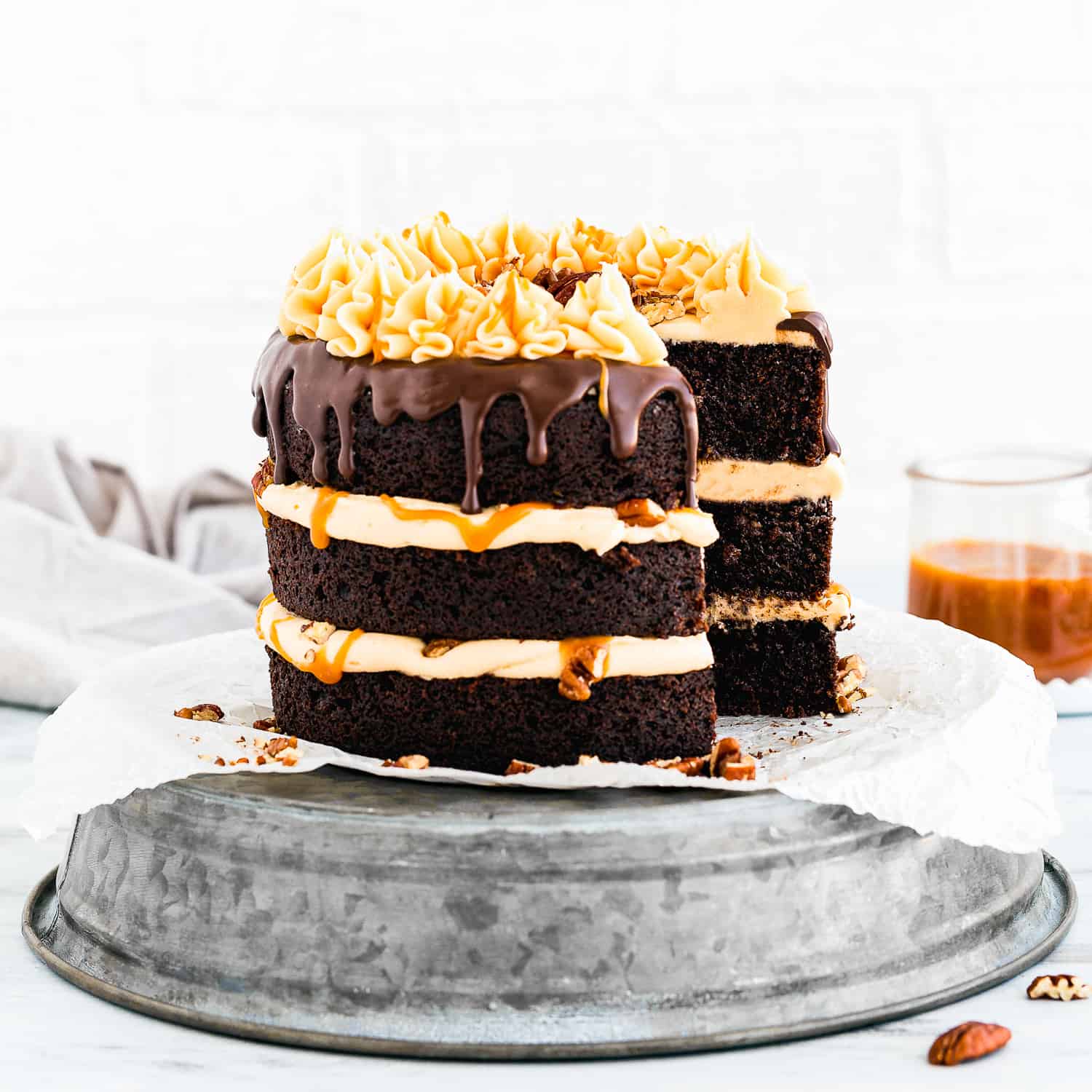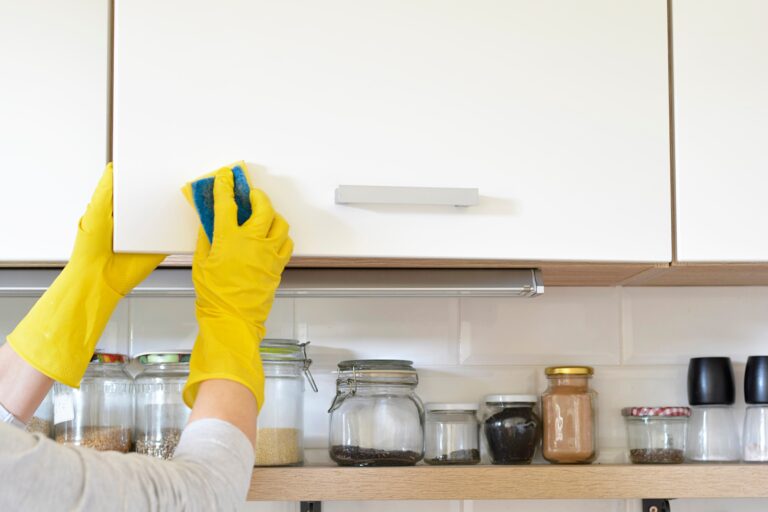How to Assemble an emergency kit for food allergies
This post may contain affiliate links. Read our disclosure policy.
The content provided on FoodAllergiesLiving.com is for educational purposes only. The information supplied on this website is not intended to diagnose, treat, cure, or prevent any disease, nor is it intended to replace the advice of a physician.
Quick action is key when it comes to tackling a serious food allergy reaction. If you have a food allergy or know someone who is, having an emergency kit handy is essential. So what is a food allergy emergency kit really, and how to build one? Read on to know just that and more!

What is a Food Allergy Emergency Kit?
A food allergy emergency kit is essential for anyone suffering from a food allergy. This kit usually contains the necessary supplies and medications to treat an allergic reaction in case of accidental exposure.
The emergency kit can offer you peace of mind and keep you prepared if you unexpectedly come in contact with an allergen.
Why Do You Need an Emergency Kit?
An emergency kit is essential if you or a loved one has a food allergy. Not only will keeping the necessary medications close at hand, but it will also enable you to act quickly in the event of an allergic reaction. Knowing that you are prepared for anything can also provide peace of mind.
Assembling An Emergency Kit For Food Allergies
The components of an emergency allergy kit are highly specific. Depending on your food allergy and its severity, you may need to construct it with the right preventative measures and medications, among other items.
Food allergy kits typically contain epinephrine auto-injectors, antihistamines, a concise plan of action, instructions for using these medications, some basic cleaning supplies, and any other additional informational material prescribed by your healthcare provider.
The best advice is to ask your doctor about what you should carry in your emergency kit, depending on your allergy protocol, and if you have any other medical conditions, such as asthma.
Epinephrine
Epinephrine is the single most important drug in the anaphylaxis emergency kit. This could be the difference between life and death if you are accidentally exposed to an allergen. Always carry 2 auto-injectors if symptoms worsen after the initial dosing. Repeated dosing may be required after 5 to 15 minutes.
To learn more about anaphylaxis, read my What Is Anaphylaxis and How Is Treated post.
Emergency Plan
Your emergency kit must have a detailed emergency protocol, which includes what to do in the case of a reaction, emergency contact names (including your doctors’), and phone numbers.
Medication Doses Cards
Your emergency kit must have a medication dose card with clear instructions. This will be helpful when you’re alone – where no one knows about your food allergies.
Extra tip: If you are, or plan to, traveling, printing it in the language that applies is a good idea.
Antihistamines
Antihistamines are another essential addition to your emergency kit. They can help tackle the mild symptoms associated with exposure to allergens. Consult your doctor about the best option and right dosis in your particular case.
I use these individual medicine bottles to carry the liquid Benadryl, so I do not have to carry the whole bottle.
Inhalers
If you have asthma, your doctor probably prescribed an inhaler, which can be exceptionally helpful when you’re experiencing breathing difficulty. This should be administered right after epinephrine if respiratory symptoms are present.
Eye Drops
Certain eye drops may also be prescribed by your physician and can be added to your emergency kit. These can help flush out allergens and reduce eye inflammation and redness.
Other Essentials
Other items I added to our emergency kit are a small tube of hydrocortisone ointment for topical application, some tissues, and sanitizer wipes.
How to Store the Allergy Emergency Kit
Once you have assembled your allergy emergency kit(s), you must store it correctly. Ideally, your emergency kit should be in a compact, well-labeled, and durable case. These are the emergency cases I have.
You can store all the items in a well-labeled box or in a small pouch and have it handy for emergencies. The most important thing is that It should be easily accessible and kept in a cool, dry place at all times.
Keep in mind that Epinephrine is light-sensitive and should be stored in the carrier tube provided to protect it from light. The carrier tube is not waterproof. Do not expose to extreme cold or heat. For example, do not store in your vehicle’s glove box and do not store in the refrigerator or freezer.
How many emergency kits do I need?
Okay, so now that you know how having an emergency kit is essential, why is it a good idea to have more than one of them? Well, having more than one food allergy emergency kit makes even more sense. You can have a kit readily available at home, work, or school and carry one with you whenever you head out.
In our particular case, I have one in my purse and one in our kitchen. Plus, my daughter carries one with her all the time. And I also assemble one for the school to have in the infirmary. So in total, we assembled 4 emergency kits!
This will keep you prepared if you experience a severe allergic reaction, regardless of where you are. Keeping an emergency kit handy can ensure your safety and provide the care you need during an allergic reaction, especially in a scenario where you are alone.
Never leave your home without your emergency kit! It’s way more important than your cell phone or keys. Your allergy kit should be your third arm.







